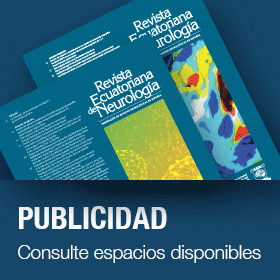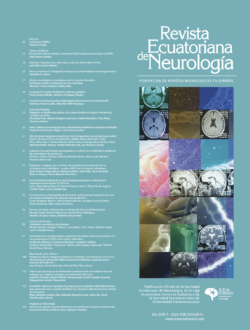A 56-year-old, right-handed, previously healthy women, presented with transient global amnesia (TGA), characterized by the sudden onset of anterograde amnesia and confusion with a normal level of consciousness. During the episode, the patient recurrently asked what she was doing and what she had been told, but was able to recognize familiar faces. Mild-to-moderate right fronto-orbital headache was a companion symptom. The episode lasted about 10 hours.
amnesia global transitoria
Transient Global Amnesia Disclosing A Right Thalamic Dysembryoplasthic Neuroepithelial Tumor. Amnesia Global Transitoria Secundaria a un Tumor Neuroepitelial Disembrioplásico Localizado En El Tálamo Derecho
Amnesia global transitoria y factores de riesgo vascular
Introduction. Transient global amnesia (TGA) is a clinical syndrome determined by an episode of less than 24 hours consisting of temporo-spatial disorientation with retrograde and anterograde amnesia followed by complete recovery. Objectives. To determine whether the presence or absence of vascular risk factors (VRF) in patients with TGA is associated with different clinical data and/or examination findings. Patients and methods. A retrospective study was made of two groups of 13 and 12 patients with TGA, who presented with and without VRF, respectively. The following variables were determined: VRF, age, a previous history of migraine, triggering factors, duration and repetition of the episodes, associated neurological symptoms and findings obtained by neuroimaging, eco-Doppler of the supra-aortic trunks and transcranial Doppler. The data were subjected to statistical analysis by univariate analysis with Fischer’s exact probability test. Results. The statistical studies showed no significant differences between the variables obtained in the two groups of patients. Conclusions. Transient global amnesia has been particularly related to migraine, epilepsy and cerebral vascular pathology, although its aetiology has not been fully determined. In this study we compare clinical data between the two groups of patients with and without VRF who have had TGA. The lack of significant differences between them tends to rule out a vascular aetiology as the sole cause of this syndrome. Recently Leao’s propagated depression has been suggested as the physiopathological mechanism involved. According to this theory, the vascular pathology might act as the trigger but probably not as the aetiological factor. The findings of our study may support this thesis.






